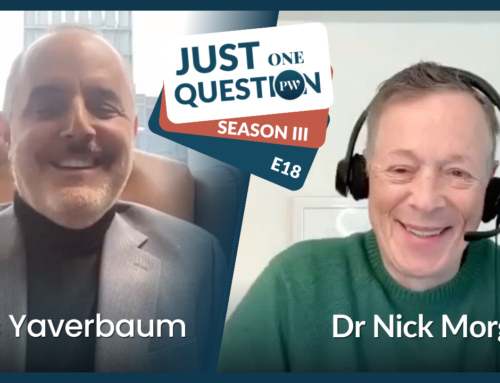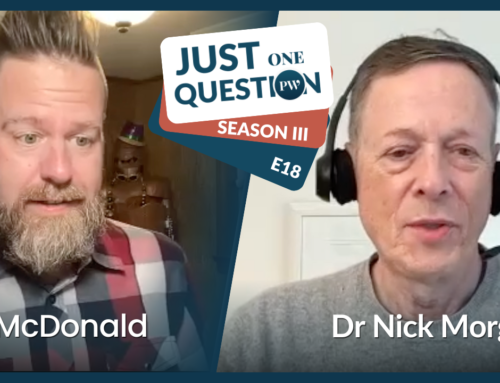Is it a good idea to fake it until you make it – as a public speaker? And does pretending to be confident on stage actually help you feel more confident, or even look more confident, in the long run?
Many coaches and books on speaking talk about various forms of mimicking confidence in order to induce it. How well does that actually work?
The most famous studies of this sort of confidence-building came from Amy Cuddy, and her work on standing in confident poses in order to induce confidence. At first, her research seemed to suggest that posing as, say, Wonder Woman, hands on hips, created chemical changes in the brain suggestive of greater confidence. So the story went, all you had to do was stand like Wonder Woman or Superman and your confidence levels would rise, measurably.
Sadly, follow up research failed to confirm the original studies. But, in the furor surrounding the debunking of the research, an important nuance got overlooked. The studies still did support the idea that this sort of standing tall does subjectively make one feel more confident. There were simply no objective changes to chemicals in the brain.
But subjective feelings of greater confidence are all you need to start feeling better as a speaker, so don’t stop posing as Wonder Woman based on the follow-up studies.
And now along comes further research that suggests there are three ways to make your audience perceive you as more confident. These are fairly easy to undertake – even if you’re not feeling particularly confident, so these techniques do indeed lend credibility to the idea that you can fake it until you make it.
The first is absurdly simple: speak louder. Apparently, we perceive loud speakers as more confident speakers. Now, if your fears force you to speak in hushed tones, you’re out of luck. But if you have enough moxie left to speak up, go for it and create the impression that you are strong and in control.
Second, pausing has the same effect. This again is a relatively easy effect to achieve. Just stop talking for a moment. Pick the right moment – make it happen after you’ve asked a question, or said something particularly important, or broken new ground in your field. Just pause.
If you’re a particularly fearful speaker, you’re liable to be deep into a fight-flight-or-freeze cycle, and your brain will be whizzing from the effort to stay a couple of steps ahead of the woolly mammoths. So count to three (seconds) in your head, and then speak.
Finally, varying the pitch of your voice creates an impression of confidence. Say something, pause, and then say something else in a deeper register. Don’t allow your voice to go extremely high in your own range – that will create an impression of stress, and stressed-out people are not necessarily seen as confident. Rather, try to move around in the lowest third of your voice. Start at what feels like a confident, conversational pitch, and when you pause for breath, begin again at a lower pitch. If you’re musical, make it a major third lower than where you started. If you have no idea of pitch, then just start lower. Think Darth Vader.
These three simple techniques will make the audience think you’re more confident, and their positive reactions may help you feel more confident, too. Fake it until you make it, indeed!









All good advice, like always! Thanks Nick!
We had HBR’s Dan McGinn on the podcast a while back, regarding his book Psyched Up. The book has a lot of tips that would benefit people who want more confidence on stage. I consistently recommend your book Power Cues and Dan’s book–both have very helpful insights!
https://www.peopleandprojectspodcast.com/index.php/podcast-episodes/454-how-you-can-overcome-your-nervousness-with-harvard-business-review-senior-editor-daniel-mcginn.html
Thanks, Mr. Kaufman! Glad to have the reference to McGinn’s book.